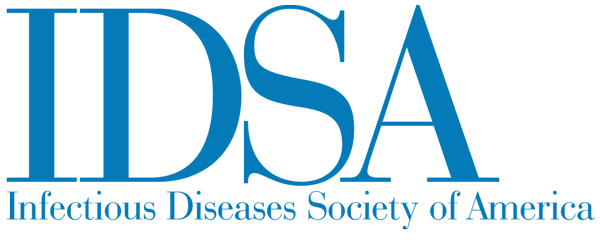Three decades after passage of the Ryan White Care Act, an HIV physician looks at gains and the challenges ahead
Facebook Twitter LinkedIn EmailThirty years ago today Congress passed the Ryan White Comprehensive AIDS Resources Emergency Act, named for the young man who stood up to stigma and discrimination against people with HIV before losing his life to the virus in 1990. The legislation, launching a program addressing obstacles to consistent and effective HIV care confronting communities hardest hit by the virus, has been reauthorized four times since. It continues to be amended to meet the evolving needs of America's HIV epidemic, and the evolving opportunities to end its impacts.
Dr. Michelle Ogle is a Pediatric Infectious Diseases and HIV adolescent care specialist in the Bronx, New York, an area of focus in the administration's initiative to end HIV as an epidemic. A physician for 34 years, she has served as Medical Director of a clinic receiving Ryan White Care Act funding, and as a board member of the HIV Medicine Association, which with IDSA, produces this blog. Here she discusses the impacts of the program she has seen over the last three decades and the needs ahead.
Thirty years after the Ryan White Program was created it continues to be vital to ensuring people with HIV have access to comprehensive healthcare services whether or not they have healthcare insurance. Until recently, I provided care to a largely Black/ African American patient population at the Warren-Vance Community Health Center in rural North Carolina. Since the state has not expanded Medicaid, the Ryan White Program funding allowed us to provide comprehensive care and address the barriers that otherwise would have prevented patients from staying in care at the clinic, such as transportation, food insecurity and mental health and substance use issues. Now I am at Children's Hospital at Montefiore in the Bronx and the Ryan White Program is just as critical in allowing us to tailor our services to the unique needs of our adolescent patients.
It also has demonstrated the difference that care in the context of need, that facilitates links to critical services can accomplish. The racial and ethnic disparities we have seen with COVID-19 where Black Americans are more than twice as likely to die than whites from COVID-19 in the U.S. mirror what we have seen with the HIV epidemic. Although Black Americans represent 13% of the U.S. population, they account for nearly 50% of those living with and dying from HIV in the U.S.
Now, in the midst of a pandemic that is once again demonstrating how inequities in health care access can accelerate the spread of disease and exacerbate its impacts, we need to apply what we have learned.
The success of the Ryan White Program has shown us that health care is much more than what happens in the clinic. In preventing and managing chronic diseases, we need to take a much more comprehensive and holistic approach by first ensuring everyone has health insurance but as important addressing the social determinants of health that too many of our patients have limited control of, including access to healthy food, housing and quality education. Universal access to broadband internet services also must be on the list to reduce the digital divide – which with the shift to virtual learning and telemedicine is even more critical.
Thirty years of Ryan White Programs helped to put the ambitious goal of ending HIV as an epidemic within reach. Applying its lessons will be an essential part of gaining control of the current pandemic.


